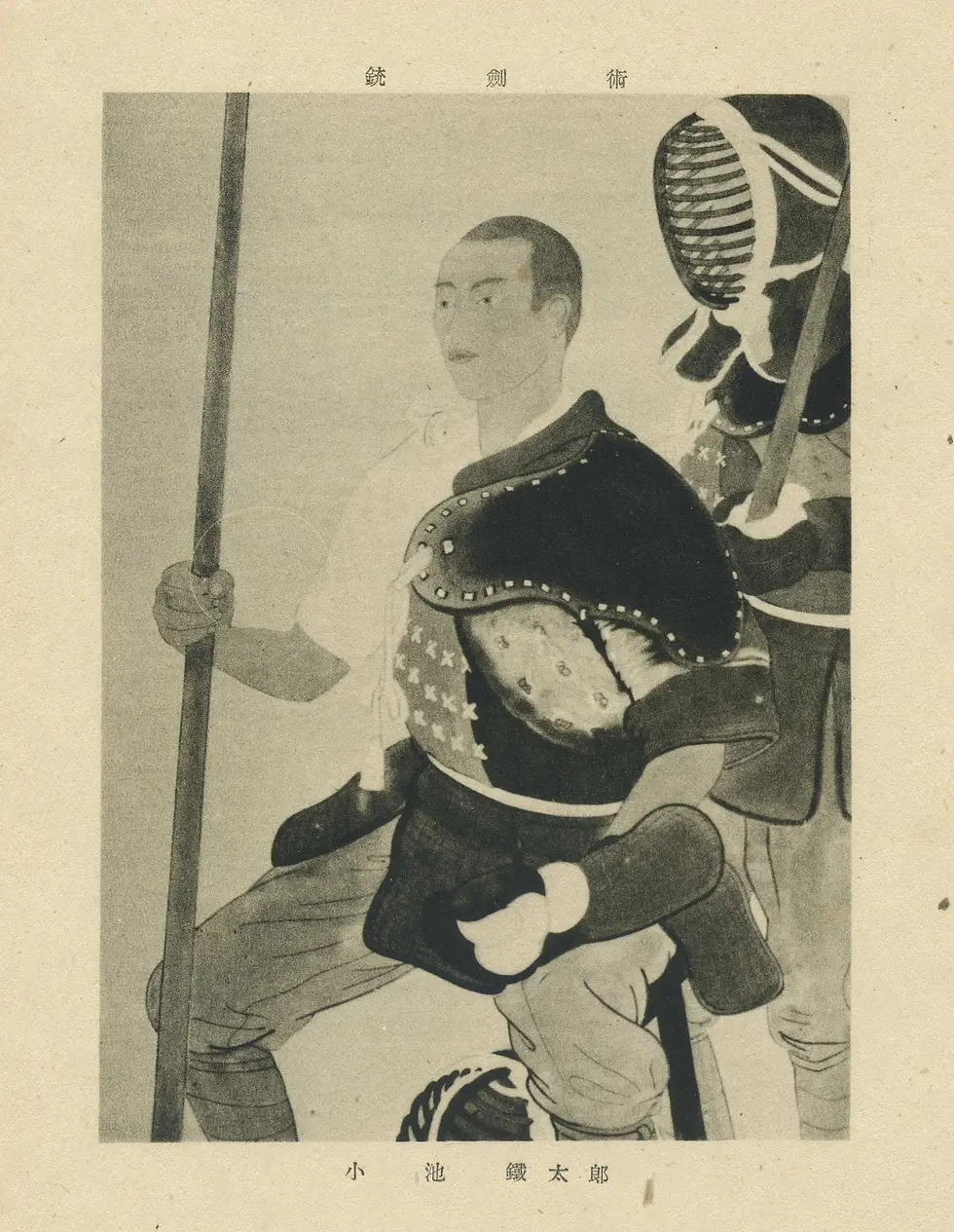Seme in Jukendo
- International Jukendo

- Apr 9, 2024
- 4 min read
By Sato Toru, H8
Why seme?
Understanding the concept of seme in jukendo is straightforward: it essentially involves applying pressure in one area to create an opening in another. For example, pressuring the upper region encourages an attack in the lower region, and vice versa, as well as applying pressure to the right to facilitate a thrust to the left, and the other way around.
The complexity arises because both participants are acutely aware of these tactics. For instance, if an opponent pressures the area above your mokuju, it's natural to anticipate an attack below it. This mutual awareness leads to a strategic depth where an opponent might pressure one area but unexpectedly attack in the same area, adding an element of unpredictability to the duel.
This endless interplay of strategy makes studying seme about more than just anticipating moves; it's about delving into the opponent's mind, mastering techniques, and understanding footwork, revealing a world of limitless possibilities. At its core, seme is about gaining a psychological edge over your opponent.
Is seme mental (energy / spirit), physical (distance), or both?
Applying seme to unsettle your opponent in jukendo can be achieved through the kensen (tip of the bayonet) or sheer willpower. Yet, the effectiveness of this pressure hinges on the harmony between your body, the kensen, and your inner resolve. Achieving this unity demands maintaining a straight posture, ensuring that your weapon, spirit, and body move as one. If any element is out of sync, your seme loses its potential to disrupt your opponent's focus. Thus, seme transcends mere physical tactics, embodying a comprehensive approach that intertwines mental resilience with physical prowess.
Does the comprehension of seme vary with rank and years of training?
It's essential to acknowledge the significant distinction between kendo and jukendo in their approach to seme: jukendo primarily focuses on thrusts (point motions), whereas kendo leans towards strikes (line motions). The intricate line motions in kendo indeed demand extensive experience and a higher rank to fully master seme.
Conversely, jukendo, with its emphasis on point motions, places a premium on speed. In this context, speed often takes precedence over technique and fundamental principles. Consequently, in jukendo, a faster opponent presents a formidable challenge that can be difficult to overcome.
Nevertheless, an experienced and high-ranked jukendo practitioner can skillfully apply pressure and disrupt their opponent while maintaining flawless posture that leaves no vulnerabilities. However, this does not guarantee the success of every seme attempt. In my view, rank and experience predominantly influence one's strategy in contesting the centre line, rather than ensuring outright dominance in seme.
What is tame?
In the realm of jukendo, the term 'tame' is not conventionally employed, but if one were to define it within this context, it could encompass the entirety of the preparatory phases, encompassing both offensive and defensive maneuvers, inclusive of the seme phase and the actual thrust.
Seme, which arises from a posture that is meticulously free of vulnerabilities, serves to unnerve the opponent, potentially provoking a physical reaction like a raised fist or a shift in mental composure. The effectiveness of seme, thus, is a testament to the proficiency of tame. It underscores a fundamental principle: without tame, the execution of techniques (waza) falls short.

The significance of posture cannot be overstated, as an accurate posture not only maintains an optimal distance from the opponent but also secures a strategic advantage. On the contrary, a flawed posture diminishes this distance, paradoxically bringing you 'closer' to the opponent while simultaneously placing them out of your effective reach. This misalignment hampers your ability to accurately anticipate and counter attacks, often leading to a raised left hand, which inadvertently exposes further vulnerabilities.
Many jukendoka do not understand seme
Recent observations suggest a common misinterpretation among many jukendoka, conflating the concept of seme with simply initiating an attack earlier than the opponent. This misconception is partly rooted in the nature of jukendo, which prioritizes point motions, leading to a heavy reliance on speed over technique in determining the outcome of bouts.
Historically, competitors often engaged in prolonged close-quarter encounters during matches, attempting to gain advantage through questionable maneuvers or thrusts from invalid positions and inappropriate distances.
Recognizing the need for reform, new regulations were introduced to address these issues. These rules promote launching attacks from suitable distances upon disengaging from close quarters, while discouraging extended periods of close contact. This shift aimed to foster a more authentic engagement with seme, emphasizing dueling from appropriate distances.
The implementation of these changes has marked a positive shift in the jukendo community. Practitioners are gradually developing a more nuanced understanding of seme, becoming more attuned to the dynamics of offense and defense. This evolution reflects a deeper appreciation of seme's principles, leading to a more strategic and principled approach to combat in jukendo.
In conclusion
Jukendo, with its exclusive focus on thrusting techniques, presents a learning trajectory that initially appears straightforward but reveals profound complexity over time. The art demands continuous refinement of technique, each step of which unveils greater depth and subtlety.
Achieving an ippon in jukendo involves a dynamic interplay of seme –the art of applying pressure–, offense, defense, and precise attacks. This culmination, when executed with perfect ki-ken-tai-itchi (the unity of spirit, sword, and body), elicits an indescribable sense of clarity and exhilaration, resonating through both body and mind.
The journey of mastery in jukendo is nuanced by the unique nature of each opponent, each bringing their own responses to the myriad combinations of seme and attack. Mastery of jukendo's principles and their fluid application is an ongoing process, not a final destination.
There will inevitably be moments of defeat, regardless of one's level of expertise. These moments underscore the perpetual nature of keiko (practice), highlighting the endless pursuit of growth and understanding within the martial art.

